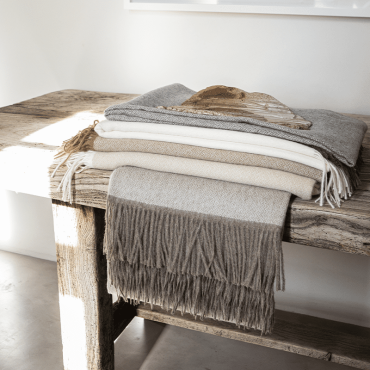The plaid by Alexandre Turpault
Who doesn't have a plaid at home? This ingenious object can be recognized by its multipurpose functions, both decorative and protective. Sometimes it can be used as a fashion accessory, like a large shawl or a scarf, sometimes it can be used as a blanket. It is a nomadic product par excellence that follows us in different rooms, indoors, outdoors and even when traveling. The plaid is also a strong marker of the evolution of our lifestyles, with a more accessible and legitimate interior decoration. Although known by all, very few of us have asked the question: where does plaid come from?
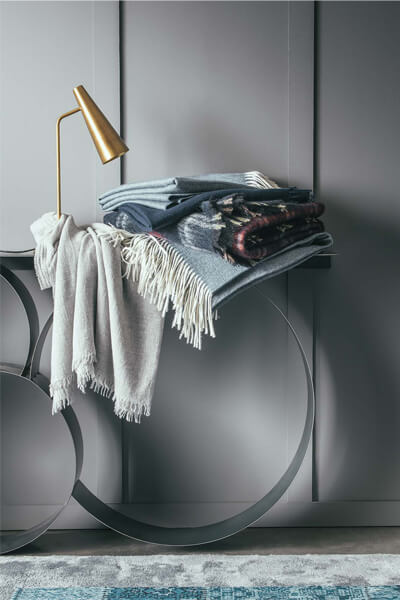
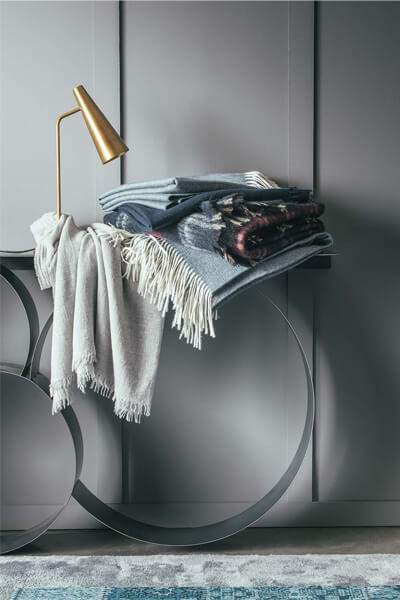
A STORY
THE STANDARD OF ETHICAL VALUES
Originally, "plaid" is a Scottish word meaning "blanket". Draped around the torso, it was a piece of thick woolen plaid that could be used as both a garment and a blanket. The plaid carried the colors of the clan embodied by the tartan, a true identity subtly constructed of intersecting horizontal and vertical lines.
A DNA TO KNOW
Thus, plaid is much more than a fabric, it is a heritage with both protective and decorative values. And to perpetuate its tradition, it is advisable to adopt its codes: those of the wool, of the patterns type checks or of the weaved weaves.
A REASON TO EXIST
FROM ENGLISH FASHION TO OUR INTERIORS
The original plaid has long been associated with a certain type of lifestyle, both aristocratic and traditional. It evokes English fashion, hunting and horseback riding, and refined picnics. Towards the year 2000, with the democratization of the decoration and the appearance of its big brands on the market, the plaid becomes an element of the decoration in its own right.
USEFUL AND NOT FUTILE
Its multiple use makes it a product that we like to renew: as much an element of comfort as of decoration, it is also more affordable in terms of price because of its reduced size, where a cover would require more investment.
Precisely, in terms of dimensions, the accessory is quite standard: with an average around 140x180cm and variations according to the level of range and uses. Thus, the bed throws will be longer than the "ready-to-wear" shawl throws. The plaid always goes with cushions, one of the most sold products in terms of decorative accessories.
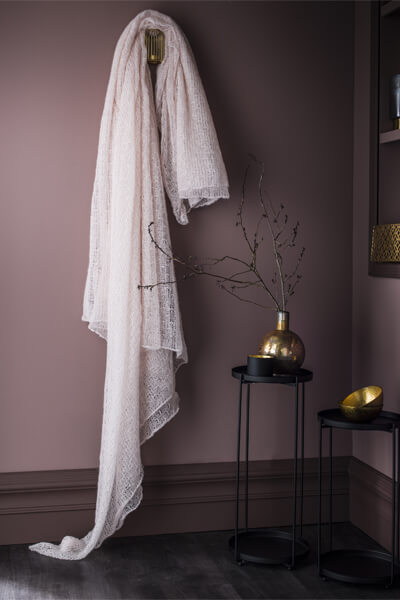
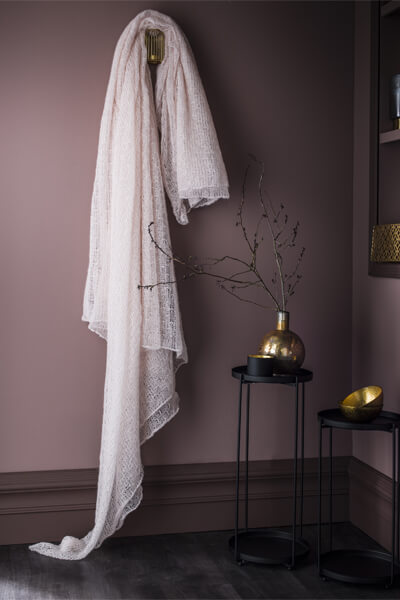
A SENSORY EXPERIENCE
A PLAY OF COLORS AND MATERIALS
In terms of materials, knitted wools are favored to provide texture and softness. Noble fibers such as baby alpaca, cashmere and mohair provide softness and warmth, each with its own silky texture.
The colors of this spring-summer 2019 season are definitely coral orange and eucalyptus green! Which trend will you go for the most: will you fall for cool or warm tones?
OUR PLEASURES
You've got it: plaid is a safe bet. Are you one of those who like to invest in beautiful designer pieces for your wardrobe or designer furniture for your home? You're just a few words away from falling in love.
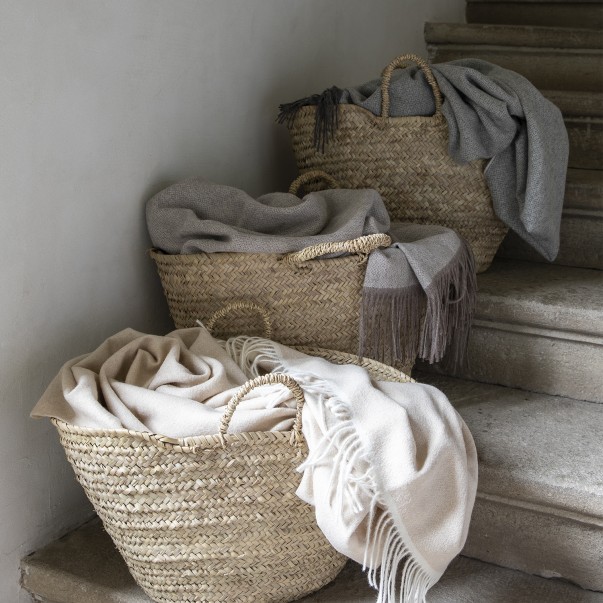
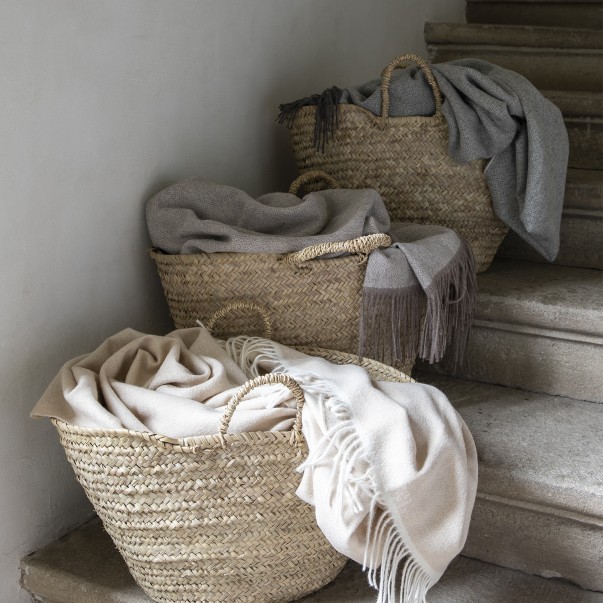
NOMADE, THE PRODUCT TO TAKE EVERYWHERE
The "Nomade" plaid is a refined model, woven in a fine and elegant weave.
The wool comes from the baby alpaca, a species of the llama family. The alpaca is mainly native to the southern regions of Peru. There, it can be very cold and very hot in the same day. To withstand these extreme temperatures, the alpaca develops a fine, light but at the same time warm and almost waterproof coat. With its resistant and light fiber, the baby alpaca brings softness and warmth.
Of great quality, its long hairs give a "fur look" to our "Vintage" plaid, very appreciated by decoristas, which protects perfectly from the cold.
Each time edged with 10 cm bangs, it is available in several colors from the same unbleached chain: silver, navy, cinnamon, petrus and orange.
THE LIGHT PLAID LOULOU
"Loulou" is the embodiment of softness and lightness. Made in Italy, this woven and dyed plaid is composed of a cocktail of noble fibers (70% wool, 20% silk, 10% cashmere, a rare and precious fiber from Eastern Asia!) Its washed finish and short bangs give it a trendy and casual look. It is available in 3 colors: Hermine, Ink and Celadon. Nomadic, it can be taken everywhere and worn in any season as a shawl or scarf.


